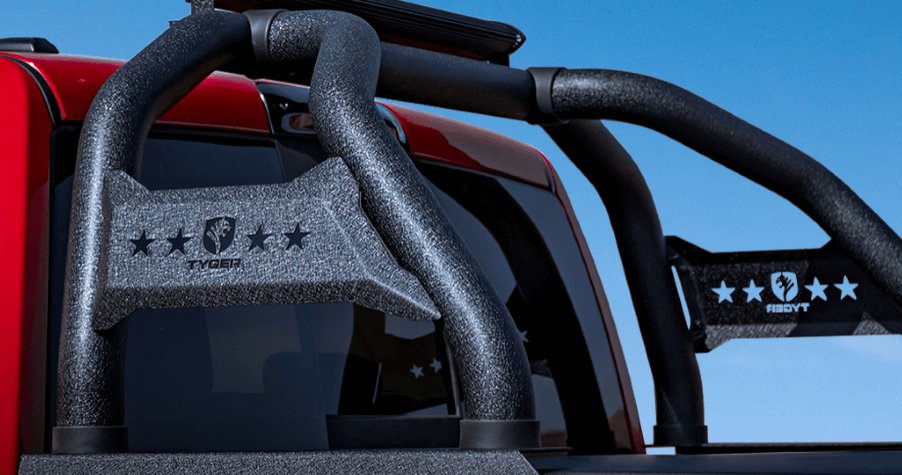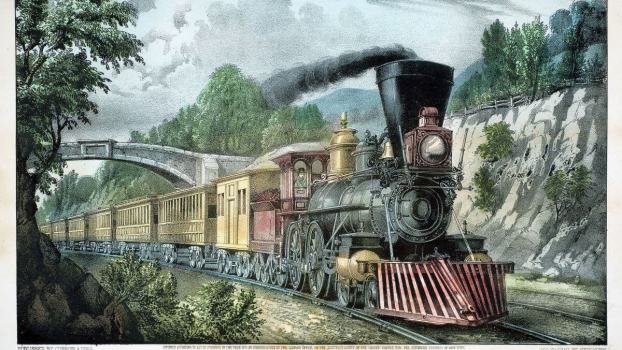
What Is a Sport Bar on a Truck For?
As the American auto industry continues its fascination and heavy production of pickup trucks, many manufacturers and after-market suppliers offer a variety of customization options to cater to each driver’s needs. One accessory option that has gained traction is the addition of a sport bar (or sports bar) to the back of a truck. So, what exactly is the purpose of these bars, and are they a necessary addition for most truck drivers?
The original purpose of a sports bar on a truck
According to a source from Tyger Auto, the original purpose of a sports bar on a truck was to aid in stability when a vehicle overturns during sports activities. While this might seem like a peculiar reason for its existence, it sheds light on the unique origins of this feature. It was primarily designed for situations where trucks were involved in off-road or recreational sports events where rollovers were a potential risk.
However, the utility of truck sports bars has evolved since then. They now serve a range of functions that go beyond their original purpose.
Enhanced aesthetics and personalization
One of the most apparent reasons truck owners opt for sports bars is aesthetics. A well-designed sports bar can significantly enhance the visual appeal of a truck, giving it a rugged and sporty appearance. For many truck enthusiasts, the pride of ownership extends to personalizing their vehicles, and a sport bar is an excellent way to achieve that.
These bars come in different styles, materials, and finishes, allowing truck owners to choose one that complements their truck’s overall look. From matte black to chrome, the options are limitless, enabling drivers to tailor their trucks to their tastes.
Cargo management and utility
While the aesthetic aspect is undoubtedly appealing, sports bars on trucks also offer practical benefits. They can serve as anchor points for securing cargo, making it easier to transport items like lumber, equipment, or even recreational gear like bikes and kayaks. This added utility can be valuable for those who frequently use their trucks for work or outdoor activities.
Sport bars can also be integrated with other accessories, such as cargo racks, toolboxes, and lighting systems.
Off-roading and adventure
For off-road enthusiasts and adventurers, a sport bar can be a game-changer. It provides a sturdy platform for mounting off-road lights, antennas, and other essential accessories for navigating challenging terrain. The additional height from a sports bar can also make it easier to load and unload gear.
Improved towing and hauling capabilities
For those who use their trucks for towing trailers or hauling heavy loads, a sports bar can offer an added layer of security. By attaching tie-downs or straps to the sports bar, you can secure your cargo more effectively, reducing the risk of shifting or damage while driving. This is important, especially for transporting valuable or fragile items.
Is a sports bar necessary for most people?
While sports bars on trucks undeniably offer a range of benefits in terms of aesthetics, utility, and safety, the question of necessity ultimately depends on individual preferences and needs. If you primarily use your truck for daily commuting and typical errands, a sports bar may be more of a cosmetic addition than a functional necessity.
However, a sports bar can be a valuable investment if your truck plays a pivotal role in your work, hobbies, or lifestyle. It can enhance your vehicle’s appearance and functionality, making it better suited to various tasks and activities.
Customization and versatility in truck ownership
The purpose of a sports bar on a truck has evolved significantly from its original intent of aiding in stability. Today, it is a versatile accessory that enhances aesthetics, cargo management, off-roading capabilities, towing and hauling, and overall utility.
Whether or not getting one is necessary for most people depends on their needs and preferences. For some, it’s a must-have addition that elevates their truck’s performance and style, while for others, it remains an optional feature that adds a touch of flair to their vehicle. Ultimately, the decision lies in the hands of the truck owner, who can choose to customize their vehicle to suit their unique lifestyle and requirements.





